For many of us, printers are an essential part of our daily work and personal lives. From printing documents to scanning and copying important files, printers play a vital role in our professional and personal tasks. However, despite being an integral part of our lives, printers often fail to deliver a reliable printing experience, leaving us frustrated and inconvenienced.
So, why are printers not reliable? In this article, we will explore the common issues faced by printer users and delve into the reasons why printers often fail to deliver a reliable printing experience. We will also provide valuable tips to improve your overall printing experience, so you can print with confidence and ease.
Key Takeaways
- Printers are often prone to hardware, software, and connectivity-related issues that can negatively impact their reliability.
- Regular maintenance, updates, and choosing the right printer for your needs can improve the overall reliability of your printing experience.
- Understanding common printer issues and troubleshooting techniques can help you diagnose and resolve issues quickly, ensuring a more dependable printing experience.
Common Hardware Problems
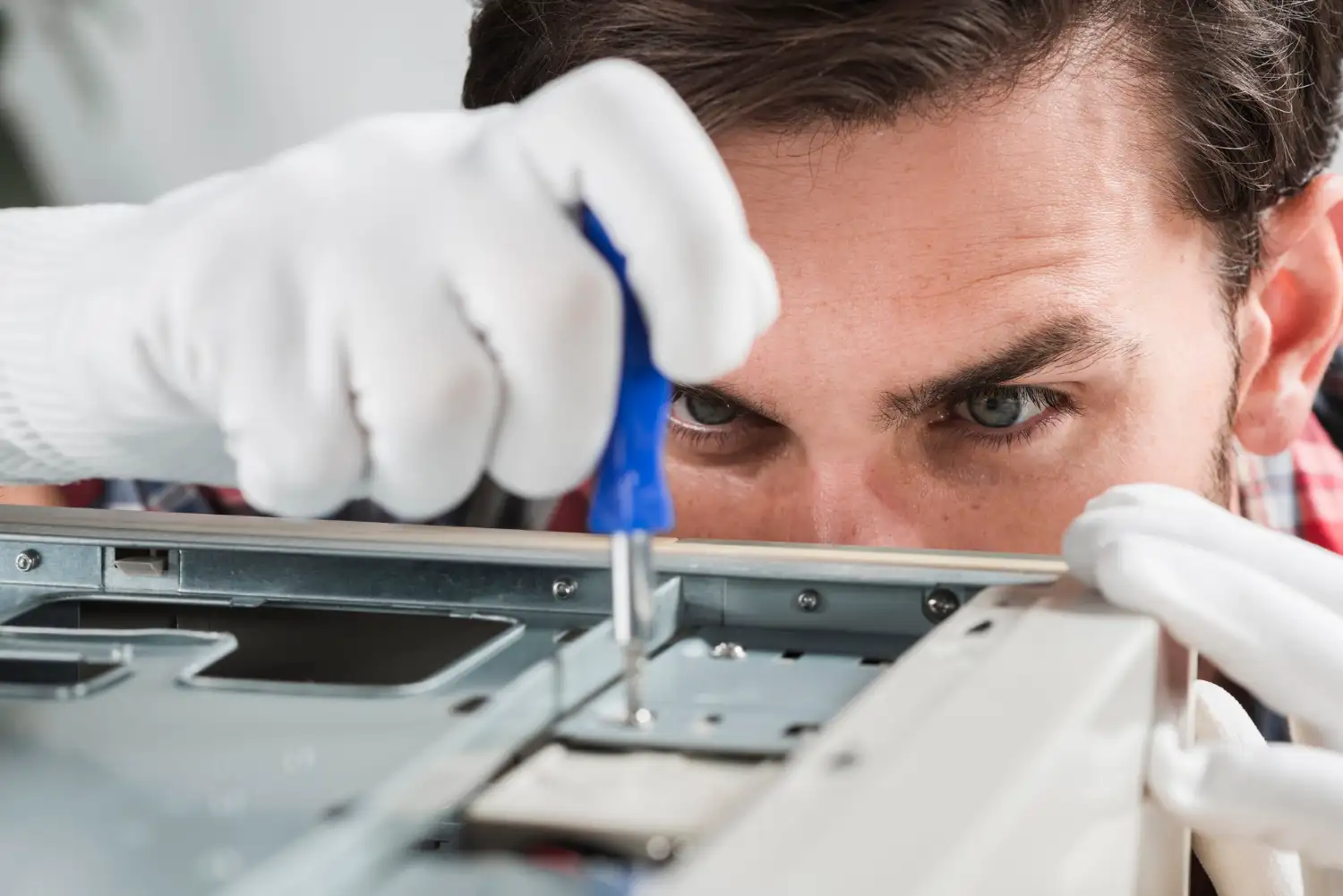
Printers are a vital part of our daily lives, but they can be frustrating when they don’t work properly. Hardware problems with printers can lead to significant delays in productivity, causing unnecessary stress in our daily routines. Here are some of the most common hardware issues with printers.
| Problem | Solution |
|---|---|
| Paper jams | Clear paper feeder of debris, adjust paper guides, use the correct paper size, and do not overload the printer tray. |
| Ink cartridge difficulties | Replace empty cartridges promptly, use high-quality cartridges, and align cartridges often. |
| Malfunctioning components | Inspect the printer for damaged components, change worn-out parts, and ensure the printer is properly oiled and lubricated. |
By addressing these common hardware issues with printers, you can enhance the reliability of your printing experience. With the right techniques, you can minimize downtime and optimize the performance of your printer.
Remember to always refer to your printer’s manual for specific instructions related to its make and model.
Software Glitches and Compatibility Issues
When it comes to printer problems, software glitches and compatibility issues are some of the most common culprits behind poor printing performance. Printer software glitches can arise due to outdated drivers, conflicting software installations, and operating system compatibility problems. These glitches can cause printers to misbehave, resulting in unreliable printing and a frustrating user experience.
In addition to software glitches, compatibility issues can also create problems for printer users. For instance, not all printers work with all operating systems, and some printers may have difficulty communicating with newer operating systems. This can cause printers to stop working correctly, rendering them essentially useless.
Compatibility problems can also arise when trying to connect a printer to a network. Wi-Fi printing, while convenient, can be particularly problematic when network connectivity is unstable, inconsistent, or slow. This can lead to print jobs getting stuck or incomplete, resulting in wasted paper and time.
Fortunately, there are several steps that printer users can take to troubleshoot software glitches and compatibility issues. For instance, updating printer drivers and ensuring that all software installations are up-to-date can help eliminate conflicts and compatibility issues. Additionally, following the printer’s manufacturer’s recommendations for network connectivity and software configuration can help prevent issues from occurring in the first place.

Network Connectivity Challenges
Network connectivity is a crucial aspect of printer reliability. Wi-Fi printing problems can lead to lost productivity and frustration. Whenever a printer encounter issues with network connectivity, it can arise as problems in the devices you use to connect to the network, the router, or the network communication protocol.
Wi-Fi Connectivity Issues
Wireless networks can provide great convenience, but they can also be a source of issues for printers. Wi-Fi signal strength can be a hindrance to reliable printing performance, resulting in slow printouts or even failed attempts. Interference from other electronic devices, such as cordless phones, microwaves, or wireless speakers, can impact Wi-Fi connectivity, leading to printer errors.
One option to improve Wi-Fi connectivity issues is to move the printer closer to the router or configure a wireless network extender. Another option is to upgrade to a dual-band router that offers less interference and better performance.
Printer Network Configuration
An incorrect network configuration can lead to Wi-Fi printing problems as well. Double-check to ensure that the printer is properly connected to the network and that the printer’s IP address is entered correctly. Also, confirm that the printer’s settings match the network settings to avoid any compatibility issues.
Troubleshooting Printer Network Connectivity
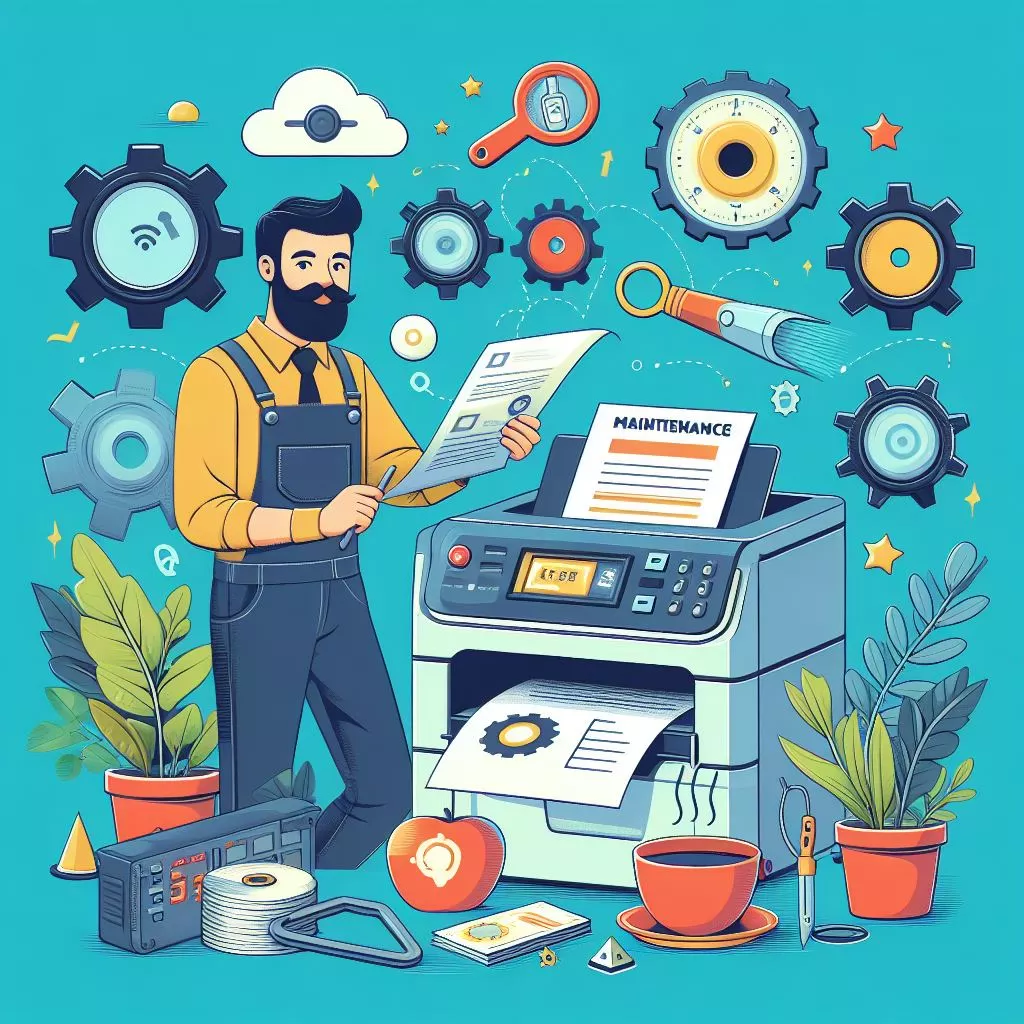
If you are experiencing printer network connectivity problems, there are several steps you can take to troubleshoot the issue. Here are some tips:
- Restart your printer and router.
- Check that your printer’s Wi-Fi indicator light is on and flashing. If not, ensure that your printer is connected to your network.
- Ensure that the printer software is correctly installed and up-to-date on your device.
- Try printing from another device to see if the problem is device-specific.
- Check for firmware updates for your printer.
By following these tips, you can help tackle common network connectivity problems associated with printers.
Print Quality and Maintenance Issues
Print quality is a crucial component of any printing experience. Poor print quality not only affects the aesthetic appeal of your printed material but can also indicate deeper problems with your printer. In this section, we will examine the factors that impact print quality and offer maintenance tips to ensure your prints are top-notch every time.
Factors Affecting Print Quality
Several factors can impact the quality of your prints, including:
- Low ink levels
- Clogged printheads
- Incorrect paper types
- Improper printer calibration
If you notice any issues with your prints, such as faded colors, streaking, or missing text, consider performing a printer maintenance routine.
Printer Maintenance Tips
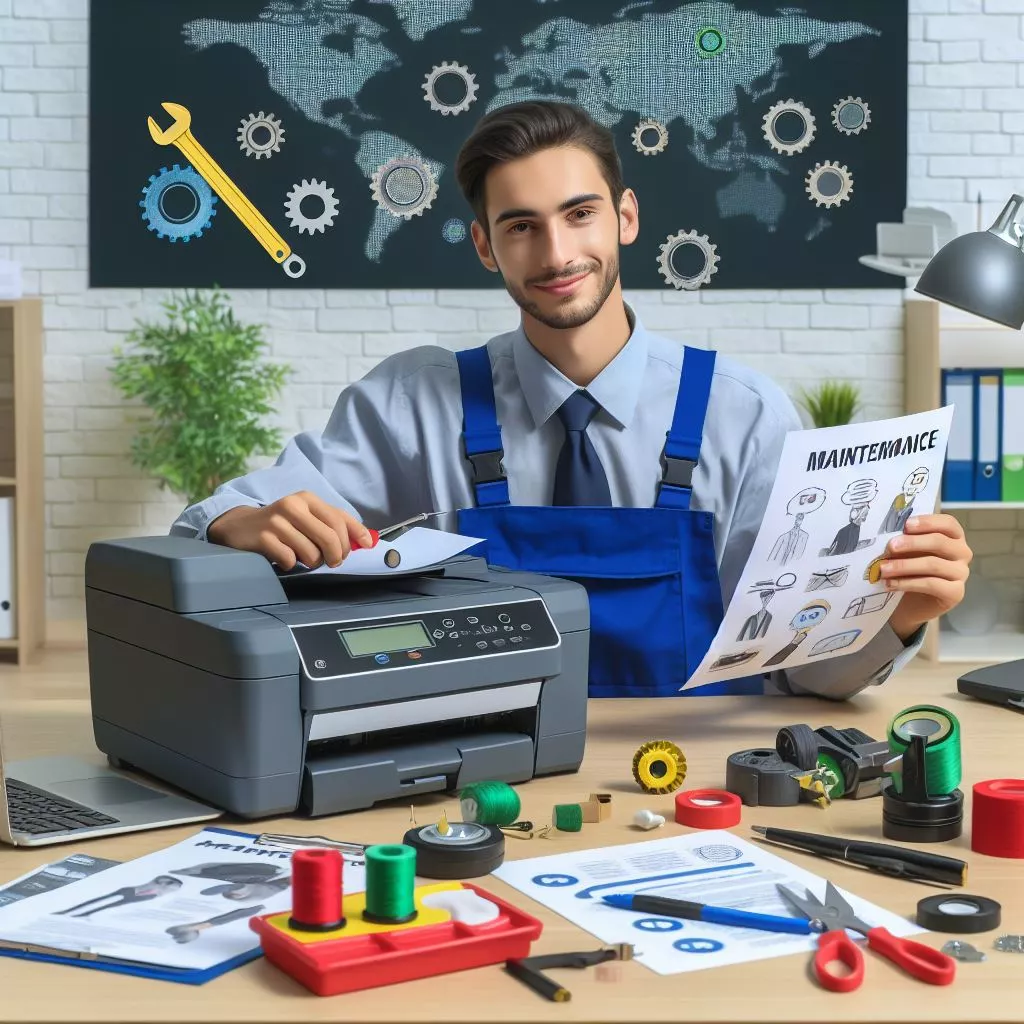
Printer maintenance is critical to ensure reliable and high-quality prints. Below are some tips to help maintain your printer:
| Tip | Description |
|---|---|
| Clean the printheads | Use a soft cloth or cotton swab dipped in distilled water to gently clean the printheads. Avoid using tap water, as it can damage the printheads. |
| Perform regular calibration | Calibrate your printer regularly to ensure accurate printing. Most printers have an automatic calibration option, or you can manually calibrate your printer by following the manufacturer’s instructions. |
| Use the right paper type | Ensure you use the right paper type for your printer. Using incorrect paper types can cause feeding issues, jamming, and poor print quality. |
| Replace ink cartridges | Replace ink cartridges when they run low to ensure the best print quality. Some printers will display a warning message when ink levels are low, while others may require you to check ink levels manually. |
By following these tips, you can extend the lifespan of your printer and improve print quality.
Pro tip: To avoid clogged printheads, print regularly. If you leave your printer unused for extended periods, the ink can dry out and clog the printheads, resulting in poor print quality.
Regular printer maintenance can go a long way in improving your printing experience. If you’re still experiencing print quality issues despite performing these maintenance routines, consider contacting your printer’s manufacturer for further assistance.
Paper Handling and Sensing Problems
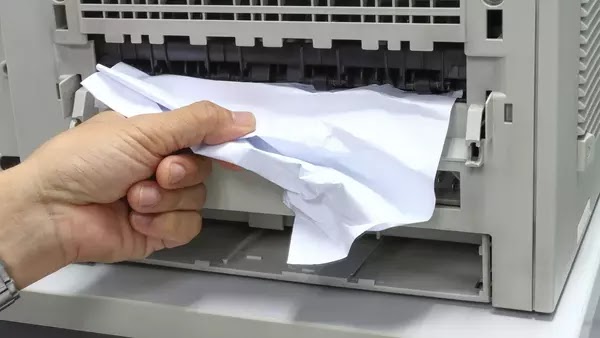
Paper handling and sensing problems are common culprits for unreliable printer performance. These issues can cause delays, print quality issues, and even hardware damage if not addressed promptly.
One of the most frequent problems is paper jams, occurring when the paper feed roller pulls multiple sheets of paper at once, leading to blockages within the printer’s paper path. Inspect the printer’s paper path and remove any obstructing material. If the printer still reports a jam, consult the printer’s manual for further troubleshooting steps.
Another paper handling issue is incorrect paper size, leading to printer jams and paper feeding errors. Ensure that the paper being used is compatible with your printer model and adjust the settings as necessary.
Printer sensors can sometimes malfunction, causing the printer to report inaccurate messages. For example, the printer may report that it is out of paper even though there is adequate paper. The printer’s manual can provide steps on how to recalibrate sensors or how to replace or service them.
Keeping your printer clean is essential for avoiding paper handling and sensing issues. Dust and debris can stick to pick-up rollers and paper sensors, resulting in poor performance. Regularly cleaning your printer with a lint-free cloth can help maintain its paper handling capabilities.
Table: Common Paper Handling and Sensing Errors
| Error Message | Description | Troubleshooting Steps |
|---|---|---|
| Paper Jam | Multiple pages stuck in the printer | Check the printer’s paper path, remove any obstruction, and follow the printer’s manual |
| Incorrect Paper Size | Printer not compatible with the paper size or loaded incorrectly | Check the printer’s manual and adjust paper settings as necessary |
| Out of Paper | Printer reports being out of paper when there is still paper available | Recalibrate or replace sensors and clean the printer regularly |
By understanding and addressing paper handling and sensing problems, you can improve the reliability of your printer and ensure a seamless printing experience. Regular printer maintenance and cleaning can also help prevent these issues from arising, increasing the lifespan of your printer and saving you time and money in the long run.
Section 7: Error Messages and Troubleshooting Tips
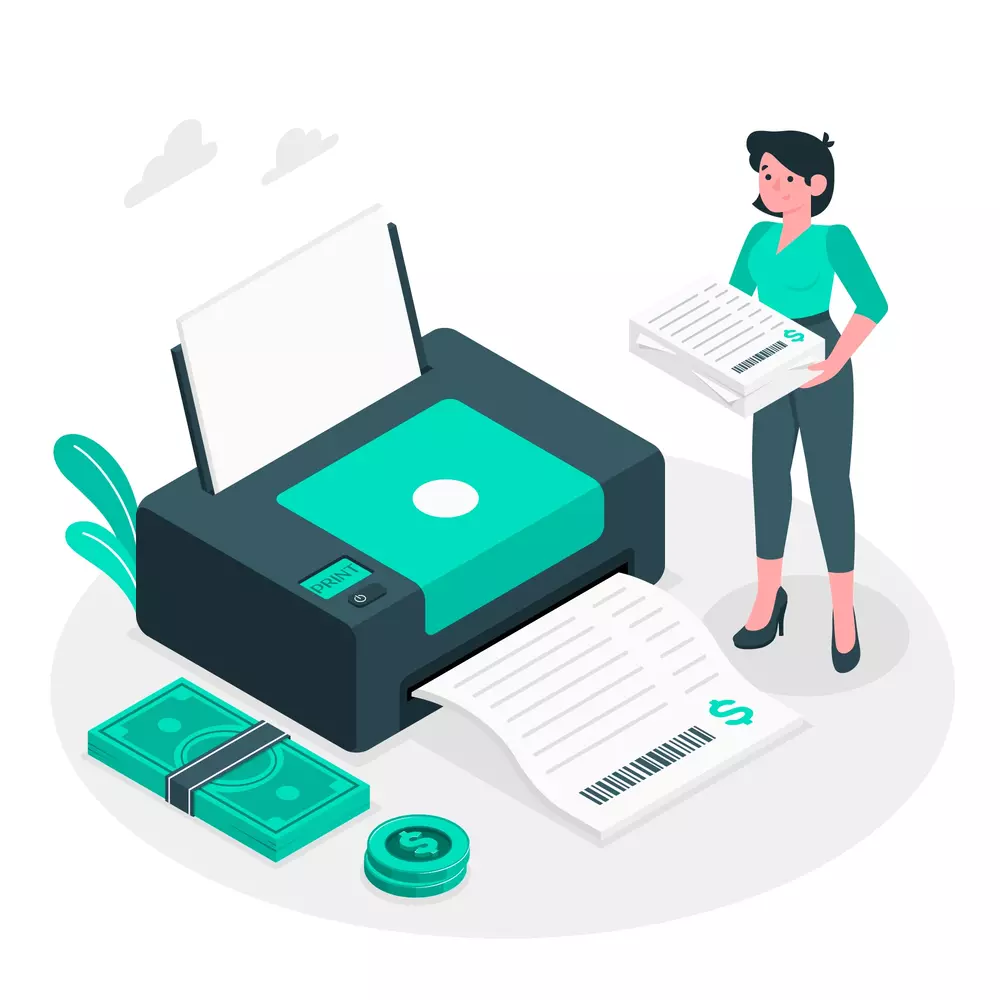
While printers are a convenient tool, they are not without their faults. Printer error messages can be frustrating, especially when you need a print job done urgently. In this section, we will explore some common printer error messages and their solutions.
Out of Paper
One of the most common error messages is “out of paper.” This message is an indication that the printer cannot continue printing because it has run out of paper. To fix this, simply add more paper to the printer’s paper tray. If the error message persists, check the paper tray for any jams or misaligned paper.
Low Ink
“Low ink” is another common error message. This message indicates that the printer is running low on ink and will need a replacement cartridge soon. To fix this, purchase and install a new ink cartridge. Be sure to follow the manufacturer’s instructions for installing the new cartridge to avoid any errors.
Paper Jam
“Paper jam” is a frustrating error message that can happen to anyone. This error message occurs when paper gets stuck in the printer’s rollers or other parts. To fix this, turn off the printer and unplug it. Carefully remove any jammed paper, making sure to avoid tearing it. Once the paper is removed, reconnect the printer and turn it back on.
Printer Offline
Another error message you may encounter is “printer offline.” This message indicates that the printer is not communicating with your computer or network. To fix this, check the printer’s network connection and restart it. If the printer is still offline, try restarting your computer or resetting the network settings.
Troubleshooting Tips
If you encounter an error message that is not listed above, there are still some troubleshooting tips that may help. Firstly, try restarting your printer and computer. If the error message persists, check the printer’s user manual for specific troubleshooting steps. Additionally, ensure that your printer drivers are up to date and that the printer is connected to the right network.
By following these troubleshooting tips, you can ensure that your printer runs smoothly and that you can continue printing without issue.
Printer Firmware Updates
Printer firmware is the software that controls your printer’s hardware. It is important to keep your printer’s firmware up-to-date by installing the latest updates. Firmware updates are crucial to enhance the performance and reliability of your printer.
Firmware updates can address bugs, improve print quality, and fix connectivity issues. By ignoring firmware updates, you may encounter issues while printing or using your printer with the latest operating systems. That’s why it is essential to install the latest firmware updates on a regular basis.
To check if your printer needs a firmware update, visit the manufacturer’s website and search for the latest version of your printer’s firmware. If there is an update available, download and install it following the instructions provided by the manufacturer.
Choosing the Right Printer for Your Needs

When selecting a printer, it’s essential to consider various factors to ensure its reliability. Here are some tips to guide you in making informed choices:
- Assess your printing needs: Consider the type of documents you will be printing, the volume of printing, and whether you need colored prints. These factors will help you determine if you need an inkjet or laser printer.
- Evaluate reputation: Research the reputation of the printer brand and model you are interested in. Check reviews and ratings online to gauge customer satisfaction and reliability.
- Compare features: Look for features that enhance reliability, such as automatic duplexing, high-capacity paper trays, and network connectivity options.
- Consider long-term costs: Evaluate the cost of replacement cartridges or toners, maintenance kits, and other consumables over time to ensure that it fits your budget.
Printer Buying Guide
Here is a comparison table of popular printer models to help you make an informed decision:
| Printer Model | Type | Connectivity | Features | Price |
|---|---|---|---|---|
| HP OfficeJet Pro 9025e | Inkjet | Wi-Fi, Ethernet, USB | Automatic duplexing, high-capacity paper tray, smart home enabled | $329.99 |
| Brother HL-L2350DW | Laser | Wi-Fi, Ethernet, USB | Automatic duplexing, high-capacity paper tray, mobile printing | $199.99 |
| Epson EcoTank ET-3760 | Inkjet | Wi-Fi, Ethernet, USB | High-capacity ink tanks, automatic duplexing, voice-activated printing | $399.99 |
By considering the factors above and using this printer buying guide, you can choose a reliable printer that meets your needs and enhances your printing experience.
Best Practices for Printer Maintenance
Regular printer maintenance is crucial to ensuring a reliable printing experience. Follow these printer maintenance tips to keep your device running smoothly:
- Keep it Clean: Dust, dirt, and debris can accumulate inside your printer, leading to poor print quality and even hardware failure. Use a soft, lint-free cloth to wipe down the exterior of your printer and clean the interior regularly.
- Calibrate Your Printer: If your printer is producing faded or blurry prints, calibrating your device may fix the issue. Consult your printer manual for specific calibration instructions, or follow the software prompts on your computer.
- Use High-Quality Ink: Using low-quality ink or third-party cartridges can cause clogs and damage to your printer’s printhead. Always use high-quality ink recommended by the manufacturer to ensure optimal performance and print quality.
- Replace Ink and Toner Regularly: Running out of ink or toner can cause malfunctions and damage to your printer, so it’s essential to replace cartridges promptly. Most printers will display a warning message when ink or toner is running low, so keep an eye out for these notifications.
- Store Your Printer Properly: If you need to store your printer for an extended period, protect it from dust and moisture by covering it with a sheet or placing it in a protective case. Also, remove any ink cartridges or toner before storing the printer.
- Perform Automatic Updates: Printer manufacturers release firmware updates regularly to fix bugs and improve performance. Check for automatic firmware updates, or manually install them by downloading the latest version from the manufacturer’s website.
By following these printer maintenance best practices, you can extend the lifespan of your device, enhance print quality, and prevent common issues. Remember to consult your printer manual for specific maintenance guidelines and troubleshooting tips.
Conclusion
In conclusion, the printer is a vital component of any office or personal space, and it can be frustrating when it becomes unreliable. However, by understanding the common hardware and software issues that can arise, network connectivity challenges, print quality and maintenance issues, paper handling and sensing problems, error messages, and firmware updates, you can improve the reliability of your printer.
Choosing the right printer to match your needs is also critical to ensuring reliability. Consider factors such as speed, ink costs, and brand reputation before making your final decision. Once you have your printer, proper maintenance is essential for keeping it reliable and in good working condition.
By following best practices for printer maintenance, such as cleaning and calibration, using the right paper types, and storing your printer correctly, you can extend its lifespan and prevent common issues.
Overall, there are several steps you can take to enhance printer reliability, and we encourage you to implement these strategies to improve your overall printing experience.
FAQ
Why are printers not reliable?
Printers can be unreliable due to various hardware, software, and network-related issues. Common problems include hardware malfunctions, software glitches, compatibility issues, network connectivity challenges, print quality and maintenance issues, paper handling problems, error messages, outdated firmware, and choosing the wrong printer for your needs.
What are common hardware problems with printers?
Common hardware problems with printers include paper jams, difficulties with ink cartridges, and malfunctioning components. These issues can significantly impact the reliability of your printer.
How do software glitches and compatibility issues affect printer performance?
Software glitches and compatibility issues can hinder printer performance by causing printing errors, slow response times, and unexpected behavior. Outdated drivers, conflicting software installations, and operating system compatibility problems are common culprits.
What network connectivity challenges do printers face?
Printers can experience network connectivity challenges, such as unstable Wi-Fi connections and network configuration issues. These problems can lead to interrupted printing and unreliable performance.
What factors influence print quality and how can I improve it?
Print quality can be influenced by factors such as clogged printheads, low ink levels, and lack of proper maintenance. Regularly cleaning and maintaining your printer, as well as replacing or cleaning printheads and ensuring sufficient ink levels, can lead to improved print quality and reliability.
What are common paper handling and sensing problems with printers?
Common paper handling and sensing problems include misfeeds, incorrect paper sizes, and sensor errors. These issues can lead to printing errors, paper jams, and unreliable performance.
How can I troubleshoot printer error messages?
When faced with printer error messages, it is important to diagnose the specific error codes and follow appropriate troubleshooting techniques. This may include performing software resets, checking connections, or seeking professional assistance if needed.
Why are printer firmware updates important?
Regularly updating your printer’s firmware is important because it addresses bugs, improves performance, and enhances overall reliability. Firmware updates ensure that your printer operates optimally and delivers a more consistent printing experience.
How can I choose a reliable printer?
To select a reliable printer, consider factors such as understanding your printing requirements, evaluating the reputation of printer brands, reading reviews, and seeking recommendations. Making an informed choice can increase the chances of having a reliable printing experience.
What are the best practices for printer maintenance?
Best practices for printer maintenance include regular cleaning and calibration, proper storage techniques, and following manufacturer guidelines. These practices help extend the lifespan of your printer and prevent common reliability issues.

Morgan Azhari, the owner of PrinterUpdate.net, is a dedicated expert in the field of printers, leveraging a wealth of experience and education to create a platform that passionately shares insights and solutions.
With a goal to enhance the printer user experience, my vision for the website is to provide valuable content, making a positive impact on individuals navigating the complexities of printers.